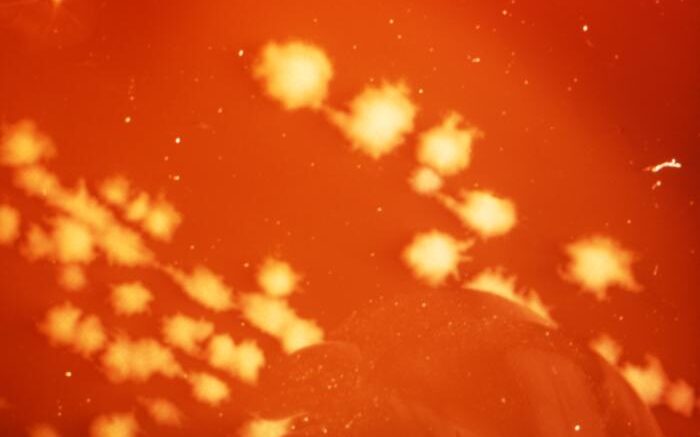New research from the Australian National University (ANU) could lead to better treatment options for a rare but very lethal type of bacterial infection.
Professor Si Ming Man and his team say their latest research focuses on the family of bacteria that causes things like gangrene, sepsis and tetanus.
“While we understand a select few members of this family of bacteria, we were interested in what the others were doing to cause infection,” Man said. “Thankfully, this group of bacteria is rare – less than 1,000 cases a year in the U.S. But one in particular we looked at for this study, Clostridium septicum, kills 4 out of 5 people who get it within two days. It's incredibly lethal.”
The team discovered Clostridium septicum can rapidly kill cells by releasing a toxin that acts “like a hammer" punching holes in the surface of the cell. This sends a danger signal to the immune system, but when our body swings into action it can actually cause more harm than good.
“The intention of the immune system is good – it’s trying to fight against the bacteria – but the infected cells also explode and die," Man said. “When the bacteria spreads and you have lots of dying cells all over the body that’s when it can lead to sepsis and shock. That is why patients die very rapidly.”
While there are currently extremely limited treatment options, it is hoped this study could help change that – leading to better outcomes for patients.
“Our research shows there might be new therapies we could develop, such as using certain drugs to neutralize the toxin,” Man said. "We’ve also shown there are drugs in the clinical trial stage right now that could block the single immune receptor, blocking your own immune system from responding to this toxin too violently. Together this could be a life-saving therapy.”
The study has been published in Science Immunology.
